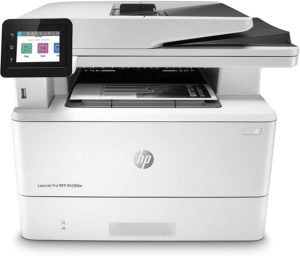Introduction
Laser Printers
Laser Printers are mainly used in office or commercial environments where large volumes of printing is required. Office Laser printers usually print double sided and some offer advanced functionality such as stapling documents together and double up as photocopiers / scanners.
Pros & Cons
Advantages
- Laser printers are generally faster than other printers
- They are more reliable than inkjet and bubblejet printers
- The toner is waterproof, making it more useful in damp environments
- The printing costs are much lower than for other printers (3 to 4 times cheaper)
Disadvantages
- The initial cost outlay for the printer is generally much higher than for other printers
- Toner cartridges are more expensive than ink cartridges
Video
Laser Printers
How Laser Printers Work
Printing Process
Laser Printing Process
The laser printing process has 7 main steps
1. Rasterizing
The computer printer driver and software converts the document into a format that the printer can process and the sends the file to the printer.
2. Charging
The printer drum is given a negative charge by the primary charge roller. This means that the entire drum has a uniform negative charge.
3. Exposing
A precise laser scans across the drum as it is rotating, removing the charge in any areas where toner is required on the paper, leaving the areas that don’t require toner with a negative charge.
4. Developing
The drum rotates down towards the toner hopper and any areas that are no longer negatively charged attract toner and it sticks to the drum.
5. Transferring
Paper is fed through the drum as it is turning and because the latent charge on the drum is weaker than the charge on the paper, the toner is attracted to the paper and is transferred.
6. Fusing
The paper then passes through a heating element, that melts the plastic coating on the toner, and then pressure is applied to the paper, fusing the toner firmly to the paper.
7. Cleaning
Finally the roller is cleaned of any left over toner and a charge roller reapplies a uniform negative charge to the drum once again.
